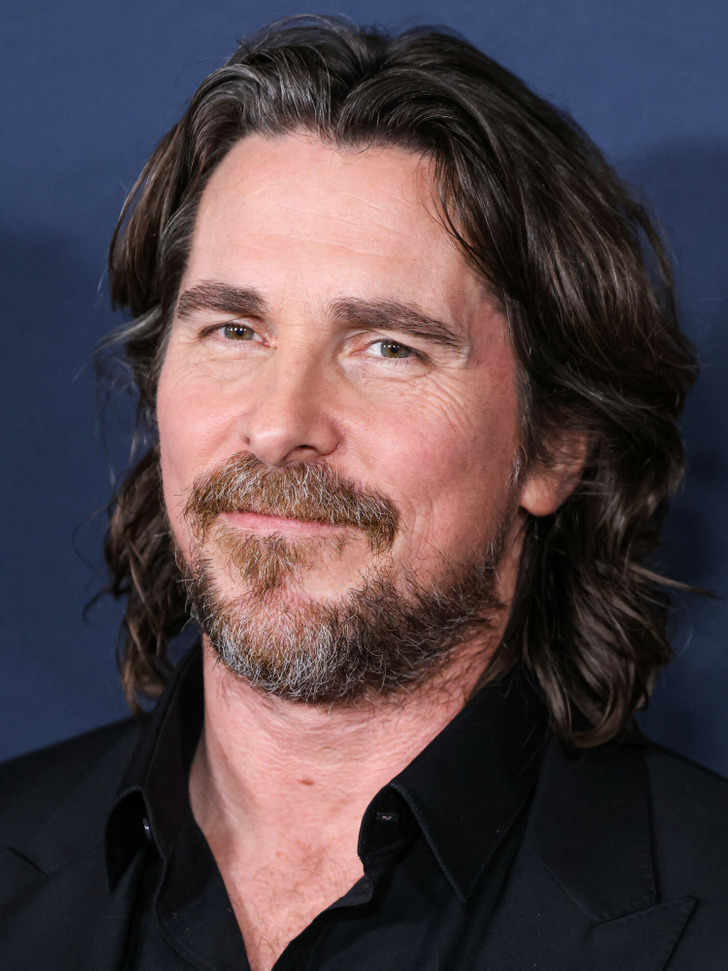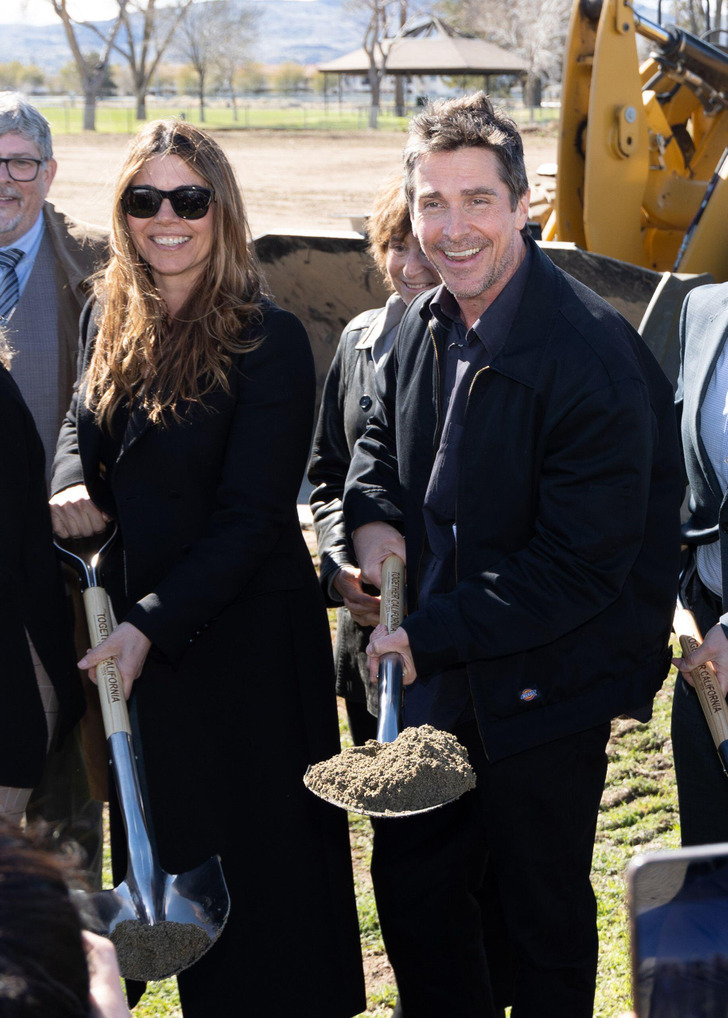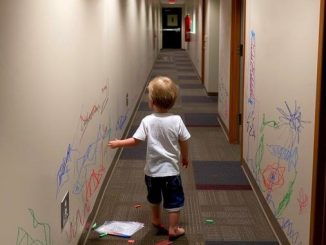“I was stunned and mad to learn that we have more foster kids in Los Angeles than anywhere else in the country,” Christian Bale, the beloved Batman actor, shared. This drove him to want to keep brothers and sisters in foster care together, and he plans to build a ’village’ to make it happen. He also talked about what made him decide to take on such a big project.
Bale recently showed off plans for a new ’village’ in California.

Christian Bale, known for his roles in movies like American Psycho and the Batmanseries, has been working on an idea since his daughter was born in 2005. Now, he’s taking action.
His vision includes building 12 foster homes, two studio flats for kids transitioning to independent living, and a 7,000 square foot community center. Bale wants to keep siblings in foster care together, ideally living under the same roof. So, he’s leading the charge to create a special complex that will make this possible.
It’s set to be the first of its kind in the state.
Construction is currently ongoing on the project, which is estimated to cost $22 million and is expected to be completed by 2025. The village will be located next to a park in Palmdale, a city situated 60 miles north of Los Angeles.
Christian Bale, aged 50, who co-founded Together California, the organization driving the development, described the village as “something absolutely new, totally transformative, and something completely needed.”
He expressed a deep desire to change the sad reality by launching the village project.

Christian Bale spoke passionately about the heartbreaking experience of children losing their families and being separated from their siblings. He hoped this initiative would raise awareness in the community about the challenges these children face and encouraged people in California and Los Angeles to come together to support them.
“Imagine the absolute pain and the trauma of losing your parents or being torn from your parents, and then losing your brothers and sisters on top of that,” he explains.
Bale added that growing up their home was always open to those in need, “We were always having other people coming and living in our house who didn’t have homes, etc. That’s just the guy that he was.”
The actor revealed that his drive to help children in need was ignited after the birth of his daughter, Emmeline, in 2005. Bale admitted that he found himself deeply pondering what life would be like for his daughter if he wasn’t around.
Bale shared that he was “mad” to find out that Los Angeles has the highest number of foster children in the country. He admitted feeling frustrated with himself for not knowing about this earlier, prompting him to decide to focus on addressing the issue. He and his wife resolved to do everything they could to make a difference.
Christian Bale’s kindness towards those who need help is really amazing. Whether he’s standing up for foster children in Los Angeles or doing other good deeds, Bale’s commitment to making the world better shows us the power of caring. Before you go, why not read another touching story? It’s about a woman who adopted her husband’s ex-wife’s baby so he wouldn’t have to grow up in foster care like she did.
Cherished Object That Drastically Altered Our Childhood

Because they provide a fascinating look into the development of writing instruments and office supplies, vintage pencil sharpeners have a unique place in nostalgic hearts. These recognizable tools, which were formerly commonplace in offices and classrooms all across the world, have left their mark on the development of writing and creativity.

Historical Sources
When the first manual sharpeners were created in the early 1800s, pencil sharpeners came into existence. During the Industrial Revolution, graphite pencils had grown in popularity, and these basic hand-cranked tools were created to sharpen them.
Design and functionality evolution
Pencil sharpeners changed over time, reflecting improvements in manufacturing and technology in both form and function. Electric sharpeners, which offered more speed and accuracy, replaced the early manual ones in the middle of the 20th century. Additionally, pencil sharpening has become more convenient for professionals and students on the go with the advent of portable sharpeners.
Use in Real Life
Old-fashioned pencil sharpeners were essential for keeping pencils sharp and functional, which allowed for accurate and fluid writing or sketching. These machines were essential for sharpening pencils to the ideal point and improving the quality of written or drawn work in classrooms and artist studios.
Meaning in Culture
Education and creativity are closely linked to the cultural practice of using old-fashioned pencil sharpeners. The sound of sharpened pencils in schools has come to represent work and learning. Sharpeners are vital tools for everyone involved in the creative process, as both writers and artists depend on them to sustain their creative flow.
Craftsmanship’s Legacy
Because they are made with greater care and longevity than their contemporary plastic equivalents, vintage pencil sharpeners are highly prized. Constructed from robust materials like metal or cast iron, these sharpeners were designed to last years of usage and eventually turn into treasured heirlooms that are handed down through the generations.
Contemporary Resurgence
Traditional pencil sharpeners have become less common due to modern technology, since mechanical or electric equivalents have taken their place; nonetheless, collectors and enthusiasts are becoming more interested in historical types. Vintage pencil sharpeners are in demand these days due to their retro appeal and nostalgic charm; they look great on desks and shelves as mementos of a bygone era.
In conclusion
Antique pencil sharpeners are symbols of a rich past of artistry, ingenuity, and learning beyond just useful tools. These classic tools, which stand as reminders of the lasting value of analog craftsmanship in a digital age, also serve as emblems of a bygone period that foster appreciation for the trade of writing and drawing.



Leave a Reply